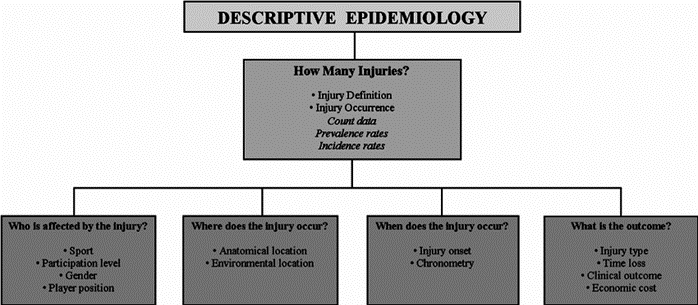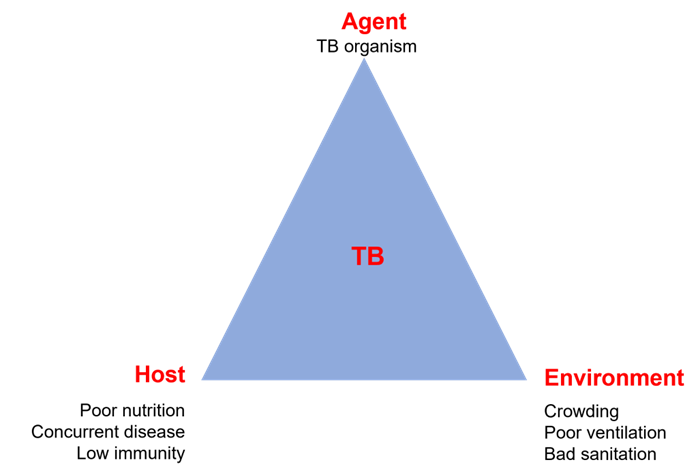A nurse is delegating tasks to assistive personnel. Which of the following should the nurse consider when using one of the five rights of delegation?
The AP's ability to complete the task without assistance
The AP's ability to prioritize
The AP's rapport with clients
The AP has the knowledge and skill to perform the task
The Correct Answer is D
Choice A reason: The AP's ability to complete the task without assistance is not one of the five rights of delegation. The nurse is responsible for providing adequate supervision and guidance to the AP, and ensuring that the task is done correctly and safely.
Choice B reason: The AP's ability to prioritize is not one of the five rights of delegation. The nurse is responsible for assigning tasks based on their urgency and importance and communicating clear expectations and deadlines to the AP.
Choice C reason: The AP's rapport with clients is not one of the five rights of delegation. The nurse is responsible for maintaining a therapeutic relationship with clients and respecting their preferences and needs.
Choice D reason: The AP has the knowledge and skill to perform the task is one of the five rights of delegation. The nurse is responsible for assessing the AP's competence and readiness to perform the task, and providing appropriate training and feedback if needed.

Nursing Test Bank
Naxlex Comprehensive Predictor Exams
Related Questions
Correct Answer is D
Explanation
Choice A: Reviewing communicable disease statistics. This is incorrect because this is an example of descriptive epidemiology, not analytic epidemiology. Descriptive epidemiology describes the distribution and patterns of health events in populations, such as the frequency, location, and time of occurrence.
Choice B: Tracking locations where family violence is increasing. This is incorrect because this is also an example of descriptive epidemiology, not analytic epidemiology. Descriptive epidemiology tracks the trends and variations of health problems in different groups or areas.
Choice C: Describing population characteristics for healthy older citizens. This is incorrect because this is another example of descriptive epidemiology, not analytic epidemiology. Descriptive epidemiology provides information about the demographic and social factors that influence health outcomes.
Choice D: Identifying factors contributing to childhood obesity. This is correct because this is an example of analytic epidemiology. Analytic epidemiology investigates the causes and associations of health events in populations, such as the risk factors, exposures, or interventions that affect health outcomes. Analytic epidemiology often uses comparison groups to test hypotheses and draw conclusions.

Correct Answer is D
Explanation
Choice A reason: Natural history of disease is not an approach that explains the factors that allow the reproduction and spread of infectious disease. Natural history of disease is a concept that describes the progression and outcome of disease in the absence of any intervention. It includes stages such as susceptibility, exposure, incubation, prodrome, clinical, recovery, disability, or death.
Choice B reason: Health promotion is not an approach that explains the factors that allow the reproduction and spread of infectious diseases. Health promotion is a process that enables people to increase control over and improve their health. It involves strategies such as education, advocacy, policy, or community development.
Choice C reason: Levels of prevention is not an approach that explains the factors that allow the reproduction and spread of infectious disease. Levels of prevention is a framework that classifies different types of interventions based on their timing and purpose. It includes primary prevention (before disease occurs), secondary prevention (early detection and treatment), and tertiary prevention (reducing complications and disabilities).
Choice D reason: Epidemiologic triangle is an approach that explains the factors that allow the reproduction and spread of infectious disease. Epidemiologic triangle is a model that identifies three essential components of an infectious disease: agent (the microorganism that causes the disease), host (the person or animal that is infected), and environment (the physical, biological, or social factors that influence the transmission). The interaction and balance among these components determine the occurrence and spread of an infectious disease.

Whether you are a student looking to ace your exams or a practicing nurse seeking to enhance your expertise , our nursing education contents will empower you with the confidence and competence to make a difference in the lives of patients and become a respected leader in the healthcare field.
Visit Naxlex, invest in your future and unlock endless possibilities with our unparalleled nursing education contents today
Report Wrong Answer on the Current Question
Do you disagree with the answer? If yes, what is your expected answer? Explain.
Kindly be descriptive with the issue you are facing.
